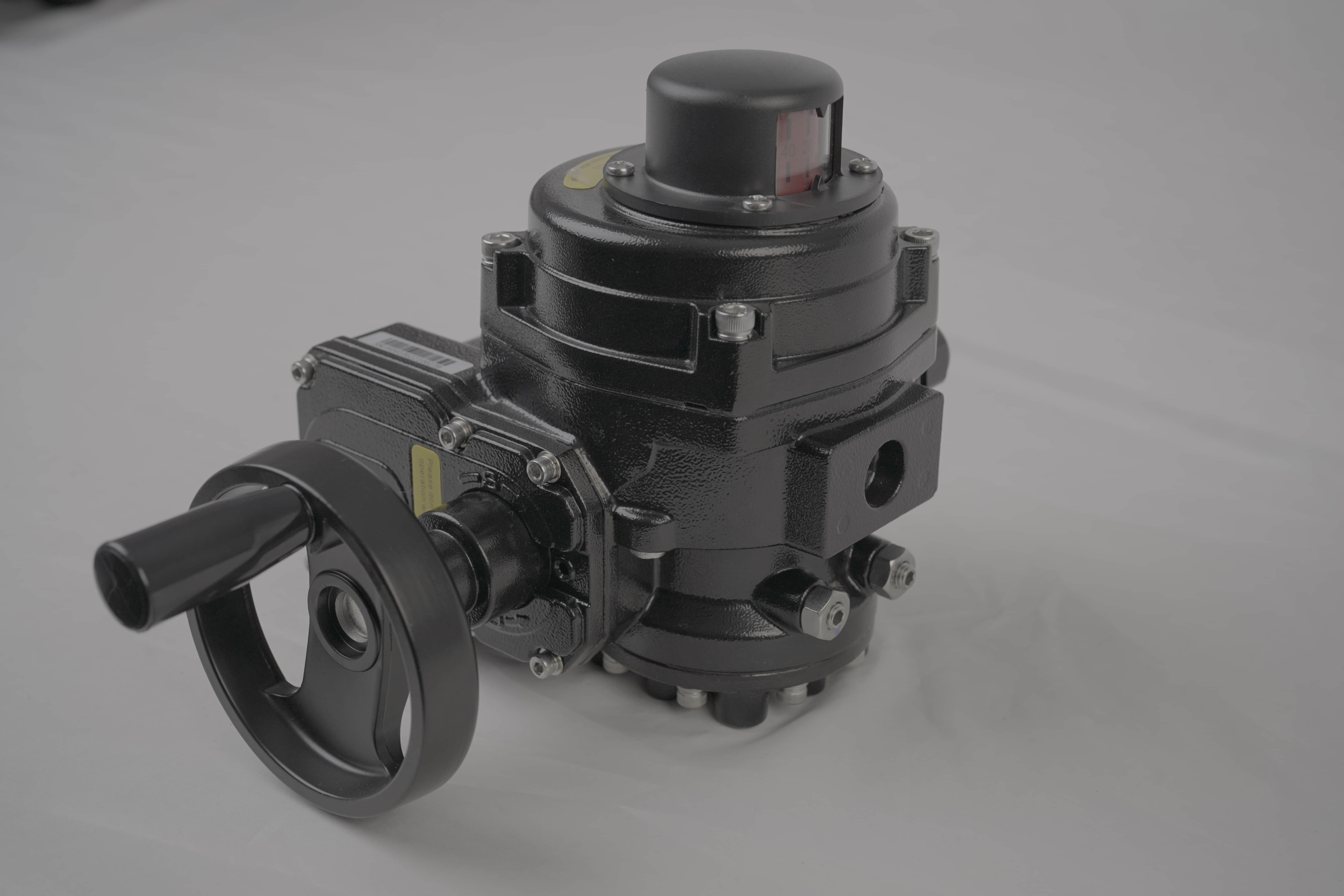the evolution and importance of the stainless steel lithium battery valve
Release time:2024-10-15 17:24:38
In recent years, the demand for lithium batteries has surged, driven by the rapid expansion of electric vehicles (EVs), renewable energy storage systems, and portable electronic devices. Within this domain, the stainless steel lithium battery valve plays a crucial role in ensuring safety, performance, and longevity of these power sources. This article delves into the significance of this component, its design considerations, and its impact on the battery industry.

Understanding the Stainless Steel Lithium Battery Valve A lithium battery valve is designed to regulate the internal pressure of a battery cell. During operation, lithium batteries can generate gas due to chemical reactions, especially under extreme conditions or when they are overcharged. If this gas is not managed effectively, it can lead to swelling, leaks, or even catastrophic failure. This is where the stainless steel valve comes into play, serving as a vital safety feature.
Stainless steel is the material of choice for these valves due to its excellent corrosion resistance, strength, and durability. Unlike plastic alternatives, stainless steel can withstand higher temperatures and pressures, making it ideal for high-performance applications. The robust nature of stainless steel ensures that the valve maintains its integrity over the battery's lifespan, providing peace of mind to manufacturers and users alike.

